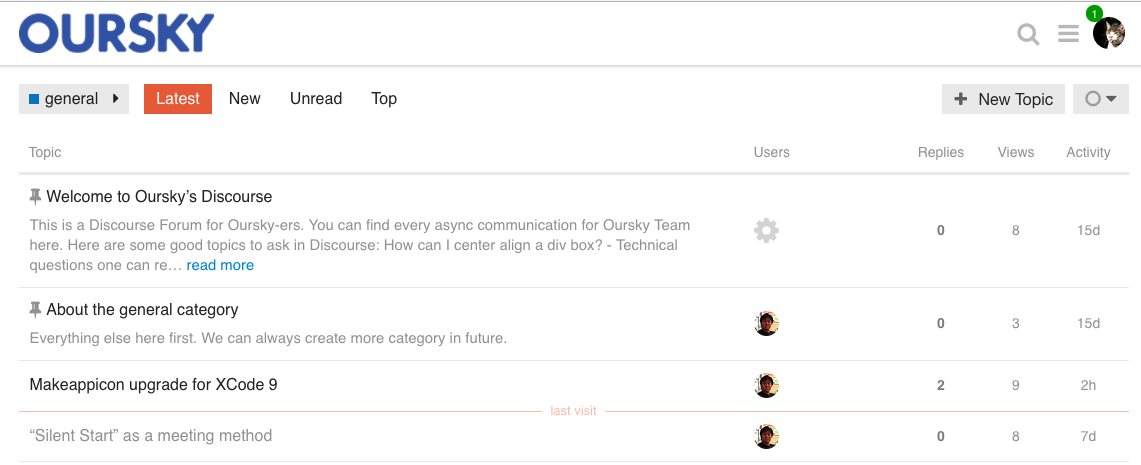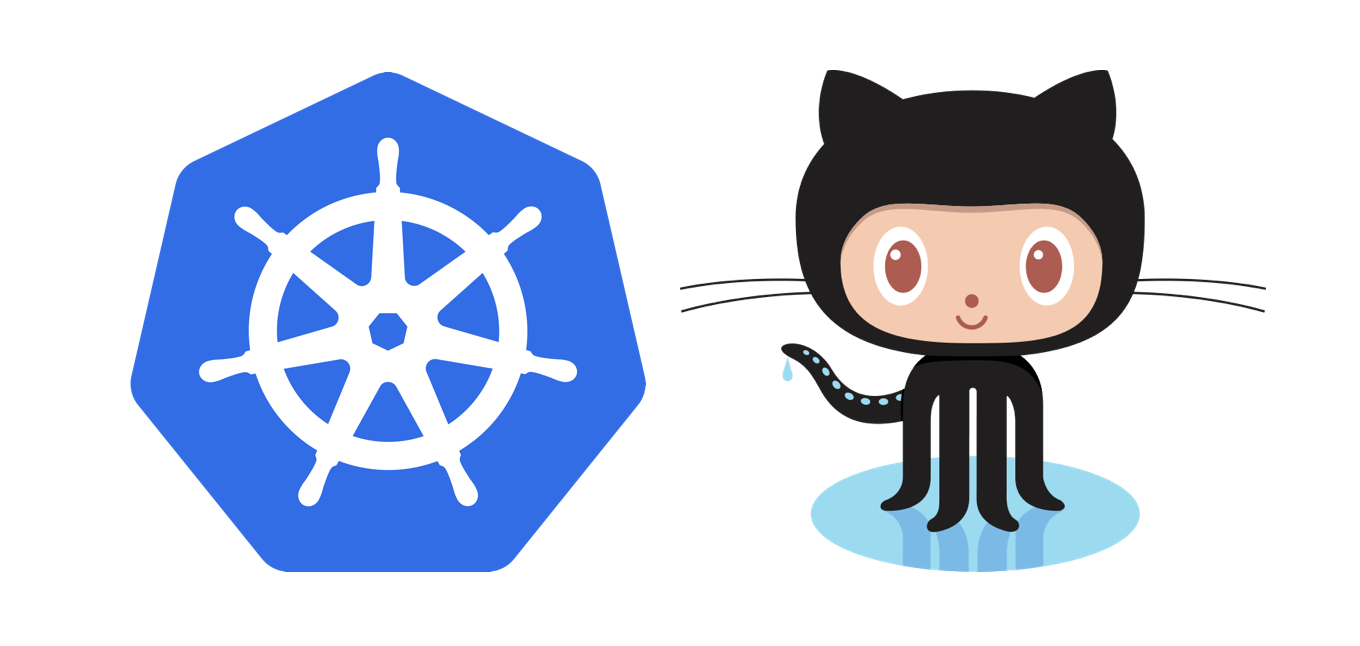By Calvin
TL; DR: With a simple example here, we demonstrate how to secure connections between your Kubernetes (k8s) deployments and ingress by enabling TLS and HTTPS. This can be a critical part in your DevSecOps workflow or a business requirement your development team must accomplish.
Kubernetes Tutorial on Securing Connections
This a quick how-to guide on hardening a k8s application by enforcing secure communication between an Ingress controller and other k8s services. This is important especially if your business requirements, like in financial services or enterprise environments, compel you to enforce strict security measures such as encrypting all traffic in transit.
Some caveats: Managing a Kubernetes cluster itself is complex enough, and securing it can be convoluted. This will add another layer of complexity, so consider what your actual requirements are and conduct risk assessments. Not all projects require this level of security.
╔═════════════════════════╗ ╔════════════════════╗
https ║ ingress ║ https ║ backend ║
───>───╫─────────────────────────╫───>───╫────────────────────╢
║ demo.some-cluster.com ║ ║ demo-app ║
╚═════════════════════════╝ ╚════════════════════╝
A simple visualization of traffic between Ingress and back end services
What’s not covered in this Kubernetes Security how-to
This guide only walks you through strengthening the connection between an Ingress and a k8s service. Say you have collection of microservices, you may also want to secure the connection between every one of them as well. Below are a few suggestions, weigh them accordingly.
Route all traffic with Ingress
Calls from a backend app to another must be routed through the Ingress. Connection is secured as we have already implemented TLS between the Ingress and the service(s) pointing to target backend app(s).
This approach does have one downside though, where communication points of all backend apps are exposed. IP whitelisting and using internal headers are some measures to protect them exposed endpoints.
Encrypted connection for each app by implementing TLS
With this one you will have to implement TLS and manage the corresponding certificate for each backend app. There can be a lot of chores just to generate the certificates, though this one completely avoids the exposed port issue.
Integrate service mesh
You can install a service mesh like Linkerd or istio. What’s a service mesh? Basically it takes your yaml files and does some rewriting based on your instructions (e.g. some istio commands). With these amended config files, your k8s cluster will be deployed with some extra proxy services that intercept all communication between microservices and have security measures applied.
Prerequisites and assumptions
- You are familiar with concepts of containers, Docker.
- Basic understandings on Kubernetes and how it achieves container orchestration are also required.
- You have the fundamentals like “https vs http” or “TLS vs SSL” and know how to generate a self-signed certificate.

Components in our example
The example is made of these Kubernetes components:
- An Ingress where SSL termination for the public-facing domain, such as
secure-demo.some-cluster.comis set. - A k8s Service, routing to our backend.
- A k8s Deployment a.k.a our backend, a nginx web server serving HTTPS.
Sample Kubernetes Configuration Files
Here’s a configuration file named backend.yaml, covering our entire backend (nginx server, a config map and a service). By providing the certs, we are done with the TLS Security Settings.
apiVersion: v1
kind: ConfigMap
metadata:
labels:
app: demo-app
name: nginx-conf
data:
site.conf: |
server {
listen 443 ssl;
server_name demo-app;
ssl_certificate /run/secrets/nginx-cert/tls.crt;
ssl_certificate_key /run/secrets/nginx-cert/tls.key;
location / {
root /usr/share/nginx/html;
index index.html index.htm;
try_files $uri $uri/ /index.html;
}
}
---
apiVersion: v1
kind: Service
metadata:
labels:
app: demo-app
name: demo-app
spec:
ports:
- port: 443
protocol: TCP
targetPort: 443
selector:
app: demo-app
sessionAffinity: None
type: ClusterIP
---
apiVersion: apps/v1
kind: Deployment
metadata:
labels:
app: demo-app
name: demo-app
spec:
replicas: 1
selector:
matchLabels:
app: demo-app
template:
metadata:
labels:
app: demo-app
spec:
restartPolicy: Always
volumes:
- name: nginx-conf
configMap:
name: nginx-conf
- name: demo-app-tls
secret:
secretName: demo-app-tls
containers:
- name: demo-app
image: nginx:1.19.2-alpine
imagePullPolicy: IfNotPresent
resources:
requests:
cpu: "8m"
memory: "16Mi"
limits:
cpu: "16m"
memory: "64Mi"
ports:
- containerPort: 443
volumeMounts:
- name: nginx-conf
mountPath: "/etc/nginx/conf.d"
readOnly: true
- name: demo-app-tls
mountPath: "/run/secrets/nginx-cert"
readOnly: true
And now comes the TLS network encryption part, where an Ingress config ingress.yaml is applied:
apiVersion: networking.k8s.io/v1beta1
kind: Ingress
metadata:
name: demo-app
annotations:
ingress.kubernetes.io/proxy-body-size: 4m
kubernetes.io/tls-acme: "true"
kubernetes.io/ingress.class: "nginx"
nginx.ingress.kubernetes.io/backend-protocol: "HTTPS"
nginx.ingress.kubernetes.io/proxy-ssl-secret: "NAMESPACE/demo-app-tls"
nginx.ingress.kubernetes.io/proxy-ssl-verify: "true"
spec:
rules:
- host: YOUR-NAME.EXAMPLE-CLUSTER.com
http:
paths:
- path: /
backend:
serviceName: demo-app
servicePort: 443
tls:
- hosts:
- YOUR-NAME.EXAMPLE-CLUSTER.com
secretName: YOUR-NAME.EXAMPLE-CLUSTER.com
Important Note: If your deployment is not within the same namespace of the Ingress controller (which is the usual case), you need to specify the namespace for proxy-ssl-secret, i.e. NAMESPACE/demo-app-tls.
Network encryption with multiple back ends
Microservices mean having many backend apps, but there is only one proxy-ssl-secret configuration per Ingress. To serve multiple apps from the same Ingress you may configure the Ingress to treat all services with the same name, as shown in the example below:
nginx.ingress.kubernetes.io/proxy-ssl-name: demo-app
What’s done under the hood is that the proxy name got overridden as demo-app for all services, so that they are served with the same certificate. This will slightly weaken the security, again weigh different options and decide what level of security you are looking to achieve. To go for a higher level of communication security, perhaps you’d like to create several Ingresses instead. Don’t hesitate and let me know if you have other ideas, it’s always nice interacting my fellow developers!
You can also apply a wild card like *.svc.cluster.local
Create the demo server
Below is a snippet for creating a self-signed certificate. Note that this is just a simple example and you should not copy this impetuously for production:
# root CA
openssl genrsa -out rootCA.key 4096
openssl req -x509 -nodes -new -key rootCA.key -sha256 -days 1024 -out rootCA.crt
# generate cert for demo-app
openssl genrsa -out demo-app.key 4096
openssl req -new -sha256 -key demo-app.key -out demo-app.csr \
-subj "/C=HK/ST=HK/L=HongKong/O=Example/OU=Org/CN=demo-app"
openssl x509 -req -in demo-app.csr -CA rootCA.crt -CAkey rootCA.key -CAcreateserial \
-out demo-app.crt -days 1024 -sha256
Then you can submit your secrets to k8s:
kubectl -n NAMESPACE create secret generic demo-app-tls \
--from-file=tls.crt=demo-app.crt \
--from-file=tls.key=demo-app.key \
--from-file=ca.crt=rootCA.crt
Here the actual deployment and ingress are applied:
kubectl -n NAMESPACE apply -f backend.yaml
kubectl -n NAMESPACE apply -f ingress.yaml
Wait for the deployment to take effect, then the server will be ready on https://YOUR-NAME.EXAMPLE-CLUSTER.com!
Clean up the namespace
kubectl -n NAMESPACE delete -f ingress.yaml kubectl -n NAMESPACE delete -f backend.yaml kubectl -n NAMESPACE delete secret demo-app-tls YOUR-NAME.EXAMPLE-CLUSTER.com
To learn more about working with the Ingress controller, check out these references on Kubernetes’ user guide:
- https://kubernetes.github.io/ingress-nginx/user-guide/nginx-configuration/annotations/#backend-protocol
- https://kubernetes.github.io/ingress-nginx/user-guide/nginx-configuration/annotations/#backend-certificate-authentication
Get regular content updates, for developers by developers









